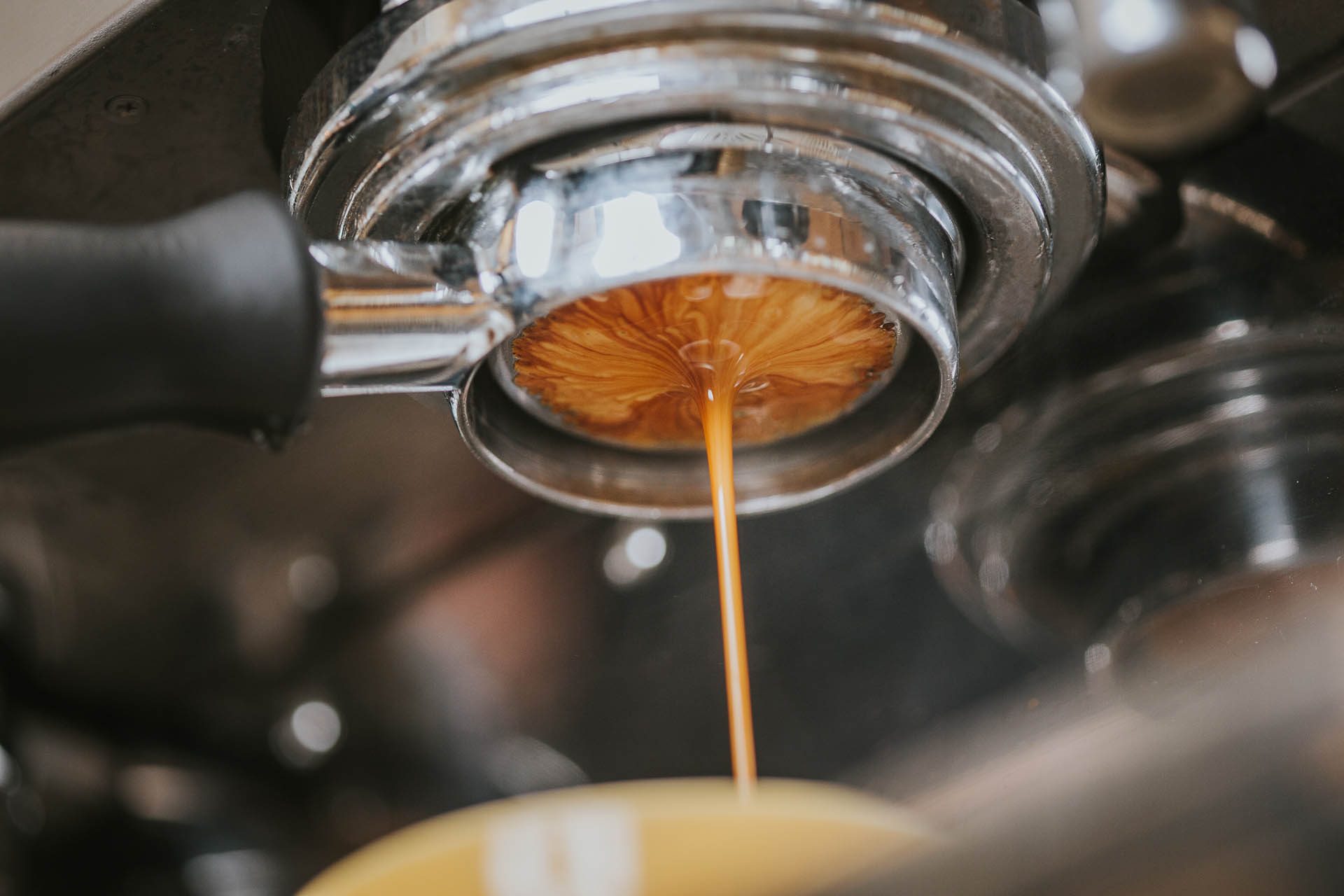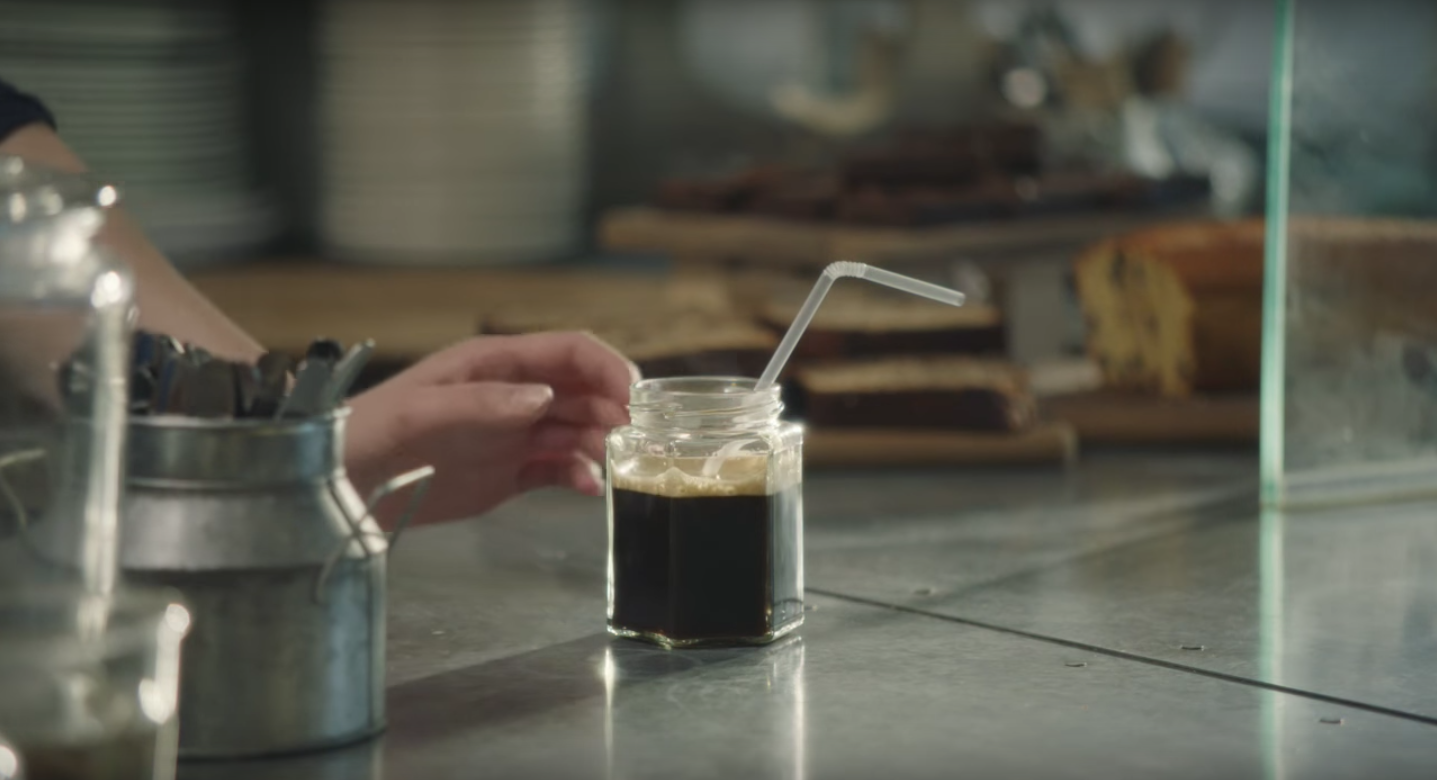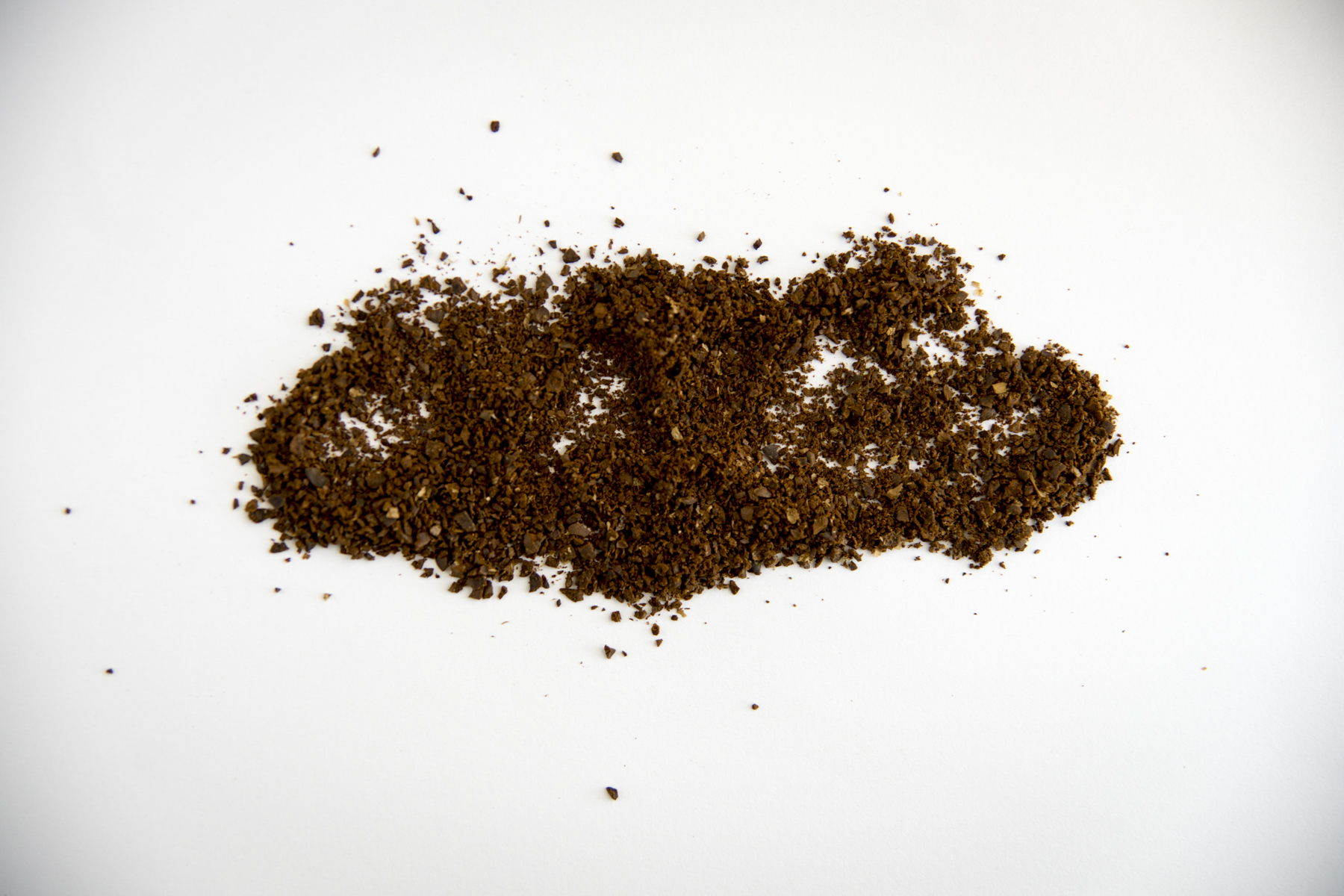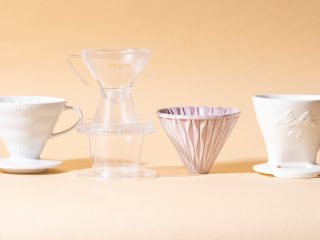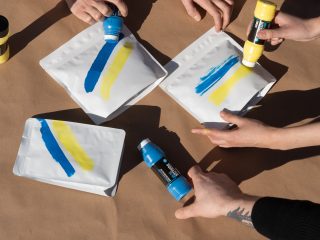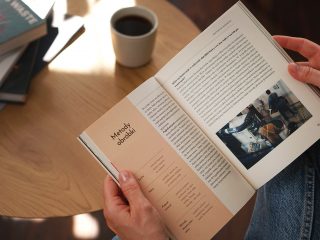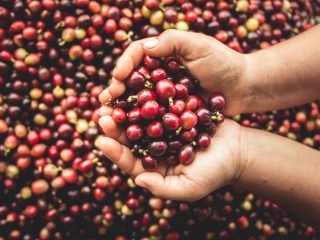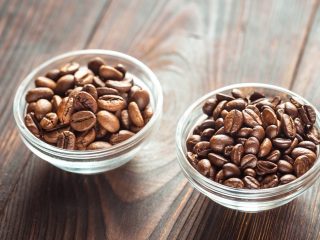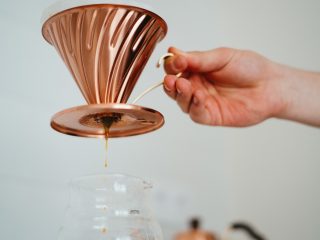Knowledge that has never been verified, distortions, lack of objectivity, inventing new theories, and ultimately repeating them during courses and trainings. Such behaviours are rather usual in young and developing fields. For all that, it’s 2017 and we’ve actually managed to acquire quite a bit of knowledge about specialty coffee. We collect data, perform controlled experiments, research, write books and build technologically advanced machinery. We’re finally more gutsy to put on the table a crockery set for Karl Popper. Then again, myths are like cockroaches, even like tardigrades sometimes. Please meet seven representatives from the whole colony, grab an insecticide and help yourself. You’re welcome!
1. Pulling shots for more than 30 secs?! Or maybe less than 20? Damn, I’d prefer to drink a glass of boiling tar.
A classic one. Magical 25 seconds. And don’t play around, kid. I’ve seen so many baristas ditching their shots straight to the sink without trying, just because the extraction time was 3 seconds longer than the yesterday’s recipe said. I saw quite a few trainers and consultants preaching:
“If your shot goes for more than 30 seconds that means the grind’s too fine. You must coarsen!”
Okay. It does not work that way. I totally understand providing some frameworks for newbies – most of the times it’s kinda essential. But for god’s sake, why on earth would you cover it with concrete? That’s probably one of the main causes of underextracted espressos being omnipresent in third-wave shops. I’d bet you freshly roasted bag of Kenya against three burnt acorns on this statement.
The number of factors constituting espresso’s preferable extraction time is gigantic. Only a few of them are grade, color and style of the roast, its solubility, mineralization of your brewing water, type of equipment (espresso machine, shower screens, baskets), pressure, flow rate…
It obviously doesn’t mean shorter, less-than-25-sec shots will definitely be underextracted. I had a really nice talk with Gwilym Davies lately and he was telling me stories about full bodied, sweet, less-than-20-sec espressos as well as tasty more-than-one-minute (!) shots from the lever machine. Yep! Here’s a snapshot from his presentation showing some Prufrock espresso bar logs:

Don’t be scared of time! Don’t be stuck. 25 is not a magical number. None is. Experiment, check out, and what’s most important – taste!
2. Americano is always a slop.
Well, it’s not. The story usually looks like this. You enter the specialty coffee world as a young padawan. There are a couple of sacred axioms you need to enroll if you want to fully get through the Big Initiation and become a genuine third wave missionary. And one of them is:
AMERICANO IS AN EVIL FORCE! NEVER EVER SERVE IT. IF SOME INFIDELS TRY TO ORDER IT, ALWAYS ROLL YOUR EYES.
As a matter of fact, americano served in most coffee shops is highly undrinkable. I won’t argue with that. But it’s bad not without a cause. Or because that’s how it should be, as a result of its definition. The actual problem with americano might be really trivial. It’s about its essence – espresso. If your espresso tastes pretty bad you’ll probably still be able to deliver a decent beverage by diluting it with warm, sweet and well steamed milk. But it won’t work with boiling water poured straight from the steam boiler.
Baristas constantly discourage people from sipping americanos, suggesting filter handbrews as a better alternative for black coffee. And that’s the area where great danger arises. Consistent and skillful handbrewing, especially with cone drippers is pretty hard. Brew your client an under or uneven extracted, sour, empty Ethiopian, call it “super fruity, floral, tea-like, complex with notes of honeydew and hints of orange blossom” and you’ve just shot yourself in the foot.
Wishing to be clear, I’m neither trying to persuade anybody to pump out americanos, nor to necessarily drink them. But let’s form a fair opinion about it. Try to brew a really nice, evenly extracted espresso and decant it with pre-wetted V60 paper filter. Add it to a cup filled with soft, filtered, 80-degrees water. Try to achieve a similar concentration as in a nicely brewed filter coffee. If done skillfully, the coffee will be pleasant, fruity and sweet. And there’s a high chance it’ll taste better than 80% of handbrews made by pretentious and condescending coffeemakers. Really.
3. Dust is you enemy. Always get rid of it.
What I’m calling dust are coffee fines with diameter below 150 microns. There is a belief that dust is a big extraction enemy. We used to remove these smallest particles that “make coffee more bitter and less clean” with sieves. And then we fell in love with EK43, the best grinder ever. It allowed us to generate much higher extraction yields which made our brews sweeter, more bodied, lively and complex without higher perception of bitterness at the same time.
“Obviously the particle size distribution is thinner and EK43 must produce less fines as well. That’s why those coffees are so tasty!” – that’s how our excitement looked like.
What’s this theory based on? Ah, it must be true because everybody says so, and well… somehow it works, doesn’t it? And everything would have been awesome if not for one Australian geek and his research that showed EK43 generates… more fines than many other professional grinders.
Fines and boulders are complicated issues. However, it seems that true enemies of extractions in the context of particle size distribution are particles actually much bigger than the rest of the grind. So let’s say it out loud: coffee dust is probably not a Machiavellian executioner of lousy tasting brews.
4. A batch brewer? Nah… Truly best coffee is the one hand-brewed by a passionate barista.
Let’s be quick and hard-hearted with this one. For most of the time we, as humans, are pretty terrified by a possibility that in some cases we’re worse and just less accurate than machines.
“So what? A piece of metal and plastic is smarter than me?!”
No, quite the opposite – and that’s its advantage! It can do stuff mindlessly hundreds of times, you can’t. Batch brewer doesn’t have an elbow that can itch. And it won’t think about today’s evening and how to impress that girl, pouring too much water as a consequence. A good batch brewer’s construction allows it to be remarkably precise and stable when it comes to water temperature. Waaaaay more stable than your gooseneck kettle. In a large scale, extractions from machines are just more even and consistent. I’m terribly sorry… not! Barista’s task is to think, while integrated circuit can’t do that. Isn’t it a cheerful thought?
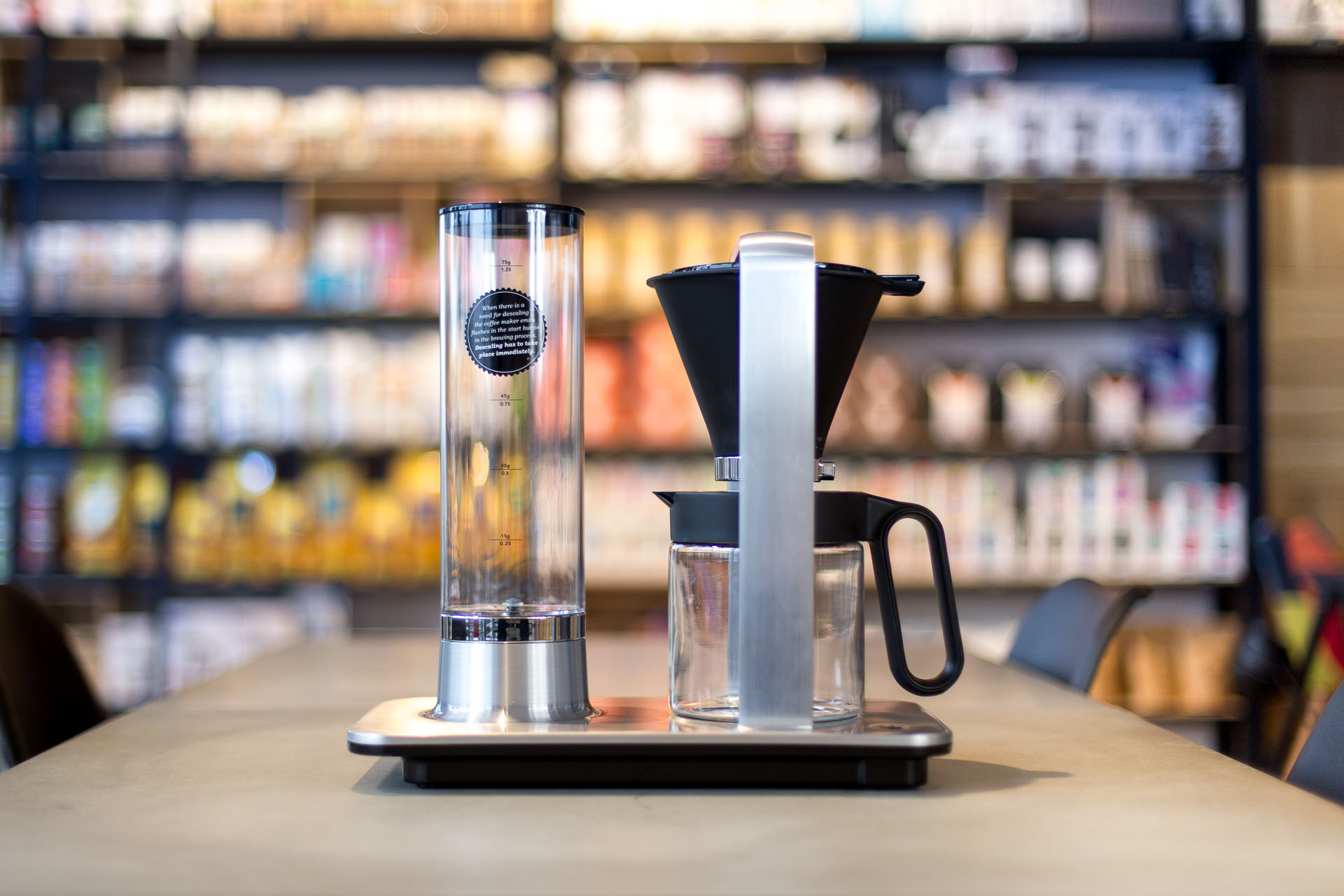
If your drip machine coffee tastes bad, that’s usually because of: wrong recipe, water unsuitable for coffee, stale and old coffee, dirty vessel, or the machine being cheap and of low quality. Or these factors combined in random synergies.
5. I beg your pardon sir, you’re probably not aware of an enormously important necessity. Would you please heat my cup before pulling an espresso? Or maybe just go to Italy and get some proper coffee training.
Heating the cup. It became an important ritual for many espresso connoisseurs. I get the context – holidays in Palermo, local espresso bar, elegant grey-haired barista works his magic. But if somebody persuades you that heating an espresso cup is crucial for keeping coffee temperature, here’s a simple experiment.
Two cups. First one in a room temperature, about 25 degrees. I fill up the other one with boiling water one minute before pulling a shot. I measure coffee temperature 15 seconds after extractions. The former cup shows me 73 degrees. The latter… 74. Apart from the one degree difference between two cups, there’s another one – preheated cup scalds my fingers badly! Luckily, there’s a handle.
I’m repeating this couple of times and it’s nearly the same with 0.4 degree deviations. Preheat your cup or otherwise you’ll serve cold espressos? Probably not. Unless it’s winter and you’re saving on heating.
6. Damn, press this button right away!
“Remember to always press extraction button immediately after assembling the portafilter. The faster, the better. If you wait, coffee starts to overextract and tastes bitter. Okay, that’s all for today, thank you very much. That will be 500$.”
According to the WBC scoresheet, you have to push the button right away. Then place the cups. If you do it other way around you lose points. Yes, I know that. Once I’ve heard something like this, said by an experienced trainer: “Competition regulations say that’s a mistake. So it must be and you’re not supposed to do that. In a coffeeshop as well. I find people who make these rules wise, how about you? If this practice wasn’t good, it wouldn’t be in WBC scoresheet, right?”
Well, let’s check it out.
Ten espressos. Same recipes. I brew five of them according to saint rules, pushing the button nanoseconds after setting the portafilter into a grouphead. With the other half I wait 10 seconds before extraction starts. Random order and a blind test. Five of espressos that have been held on taste neither more bitter, nor less clean or worse. There’s no substantial difference in TDS and extractions. Nothing extraordinary happened.
To be clear: Pushing the button right away after assembling portafilters and placing cups afterwards is obviously a good routine that boosts your workflow during rush hours. Please don’t bite.
7. Pour the water right away unless you want to drink a stale hay.
Freshness, seasonality and awareness of the product constitute our philosophy. But what about extreme approaches? “Coffee loses half of its aroma and taste during grinding” – I don’t even remember hearing it for the first time. Piotr Sowa, a Polish Cup Tasters Champion told me about an experiment he once performed.
He ground three doses of the same coffee for a cupping routine. Two of them one day before tasting. The first one was covered only with a saucer, the second one tightly and carefully packed. The third one was ground directly before the tasting, the next day. Blind test, obviously. The worst and most flat coffee was number one. The most interesting, balanced and bodied was number two. Freshly ground coffee was also tasty, but less clean and slightly less balanced – the second place.
I’m not saying: Let’s always grind our coffees on Friday to use them during the weekend. Just wanted to notice that probably nothing bad will happen if you brew your Colombian batch 15 minutes after grinding, taking dirty plates from tables in the meantime.
—
So, that’s it. Let’s keep the balance!

